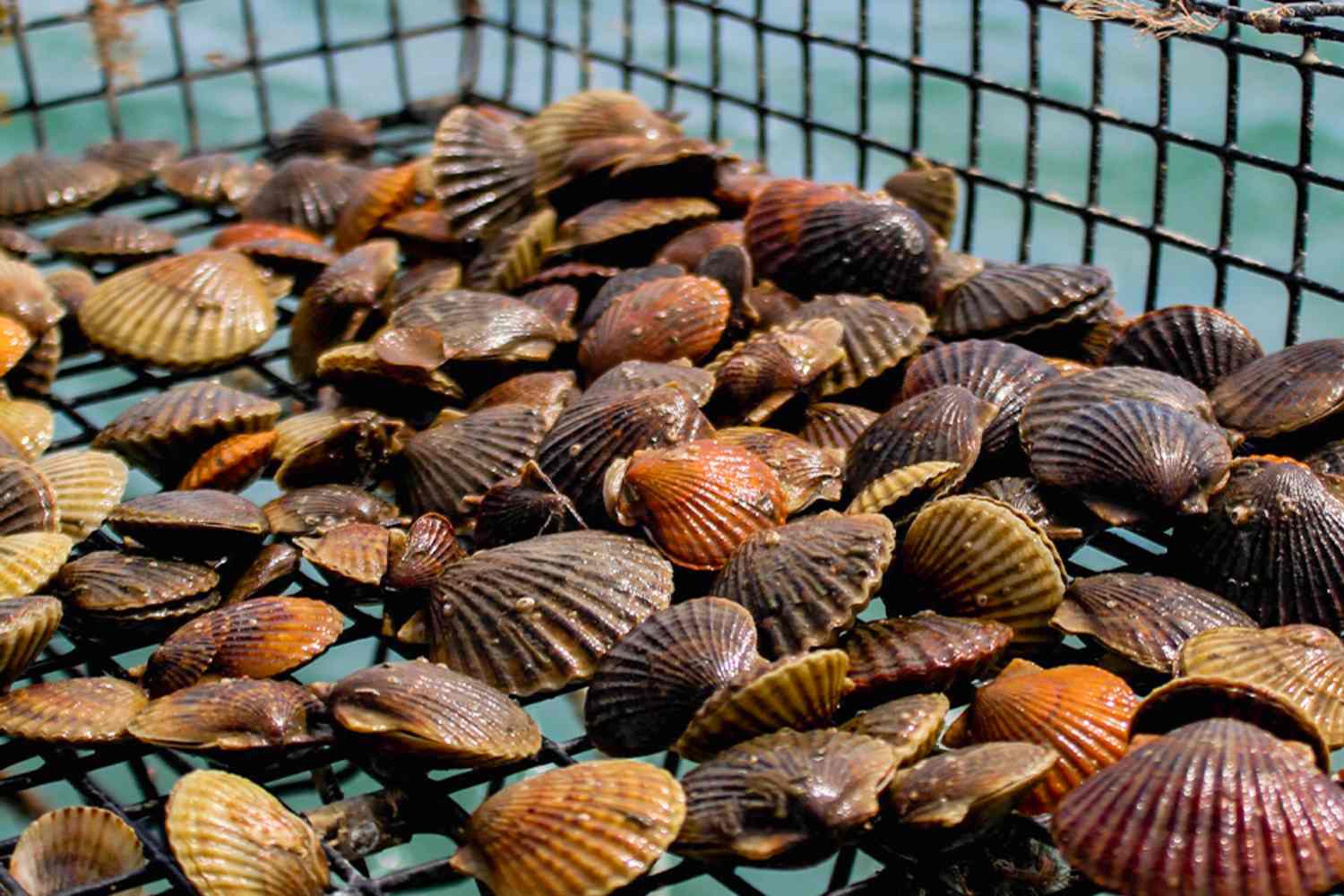After nearly a century, bay scallops are thriving again in Virginia's Chesapeake Bay waters thanks to an ambitious seagrass meadow restoration project

Table of contents
After nearly a century of absence, bay scallops are finally returning to populate the waters along Virginia’s Eastern Shore. Locally extinct since the 1930s due to the loss of their natural habitat, these mollusks are experiencing an extraordinary rebirth thanks to decades of scientific and environmental commitment.
The credit goes to experts from the College of William & Mary and the Virginia Institute of Marine Science (VIMS), who have worked tirelessly to restore seagrass meadows, essential for the survival of this species.

@Reba Turner Smith
An unprecedented ecological success
According to the latest data from the Bay Scallop Survey 2025, the scallop population is growing at an impressive rate. Researchers have detected the presence of multiple specimens within a single square meter of seafloor, a result unthinkable just a few years ago.
Studies indicate that the population could double in less than 18 months, a sign that the bay’s ecosystem is finally returning to balance. Scientists hypothesize that, in the future, this rebirth could even pave the way for the reopening of recreational fishing, currently still prohibited along Virginia’s coasts.
The decisive role of seagrass meadows
The key to this success lies in the restoration of eelgrass meadows, initiated in 1997 as an experimental project. What began as a small test is now considered the largest and most successful seagrass restoration project in the world, with thousands of acres of regenerated vegetation.
This habitat provides shelter and nourishment not only for scallops, but also for numerous other marine species, improving biodiversity and coastal resilience. As Richard Snyder, director of the VIMS Eastern Shore Laboratory, explained, the return of bay scallops represents “a social and ecological milestone of enormous value.”
A sustainable future for Virginia’s bay
For researchers and shellfish growers, like Darian Kelley from VIMS, this rebirth is a source of pride. Beyond restoring a lost ecological balance, the project could also bring new economic benefits, with the introduction of a high-quality local product in the sustainable aquaculture supply chain. The message is clear: when science, nature and perseverance collaborate, even a vanished species can return to tell its story in the waters from which it had been erased.

@Reba Turner Smith
